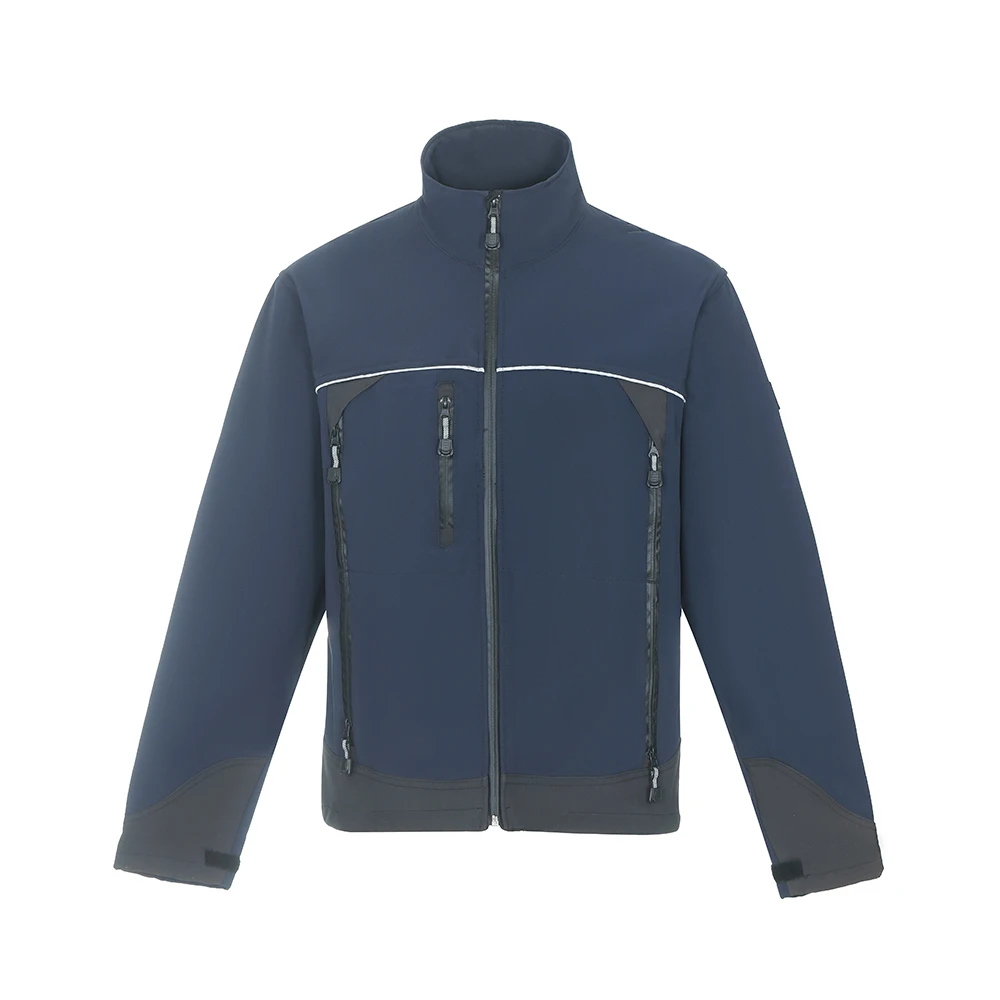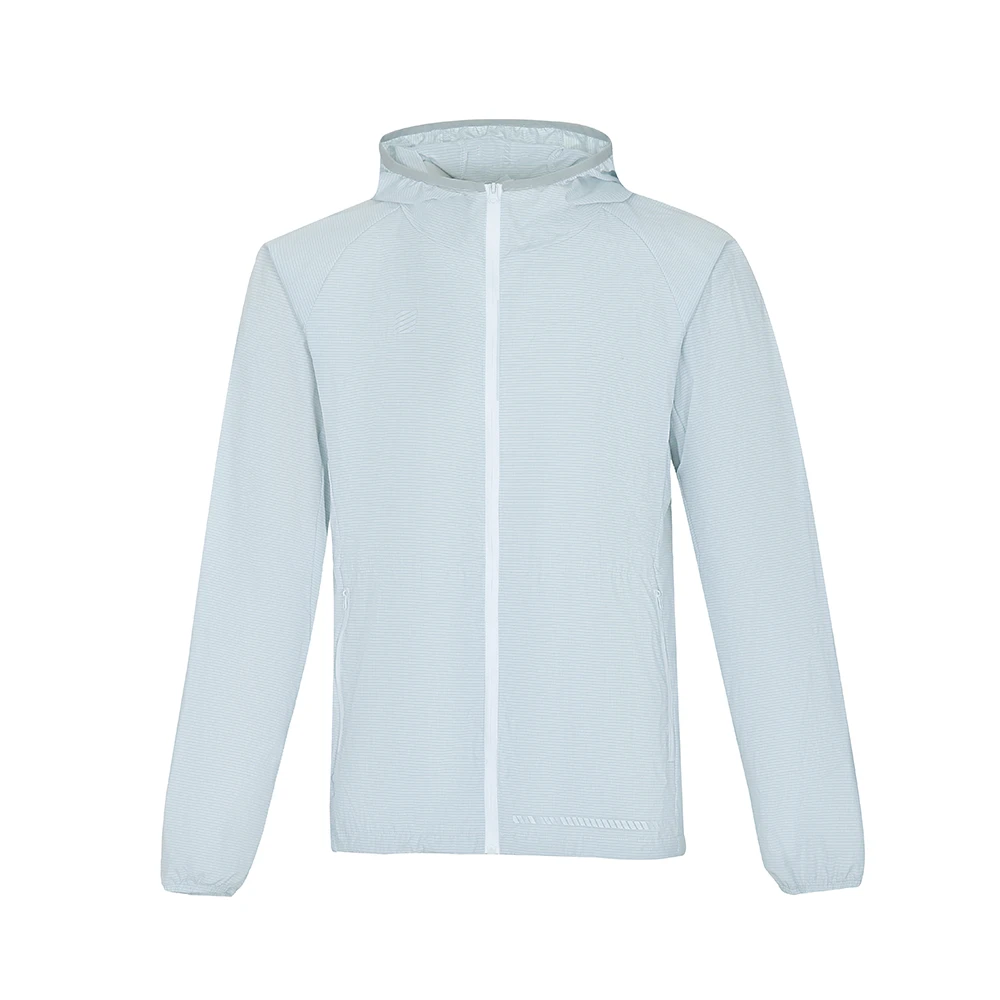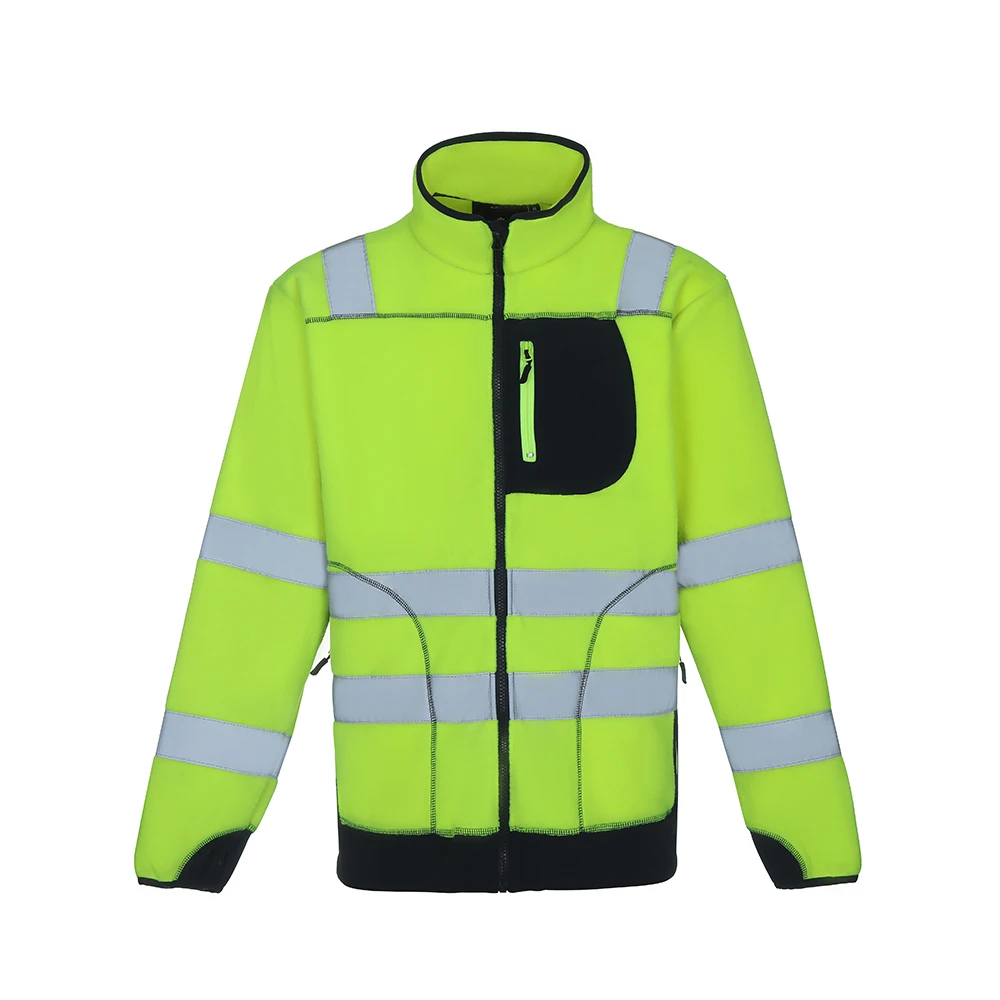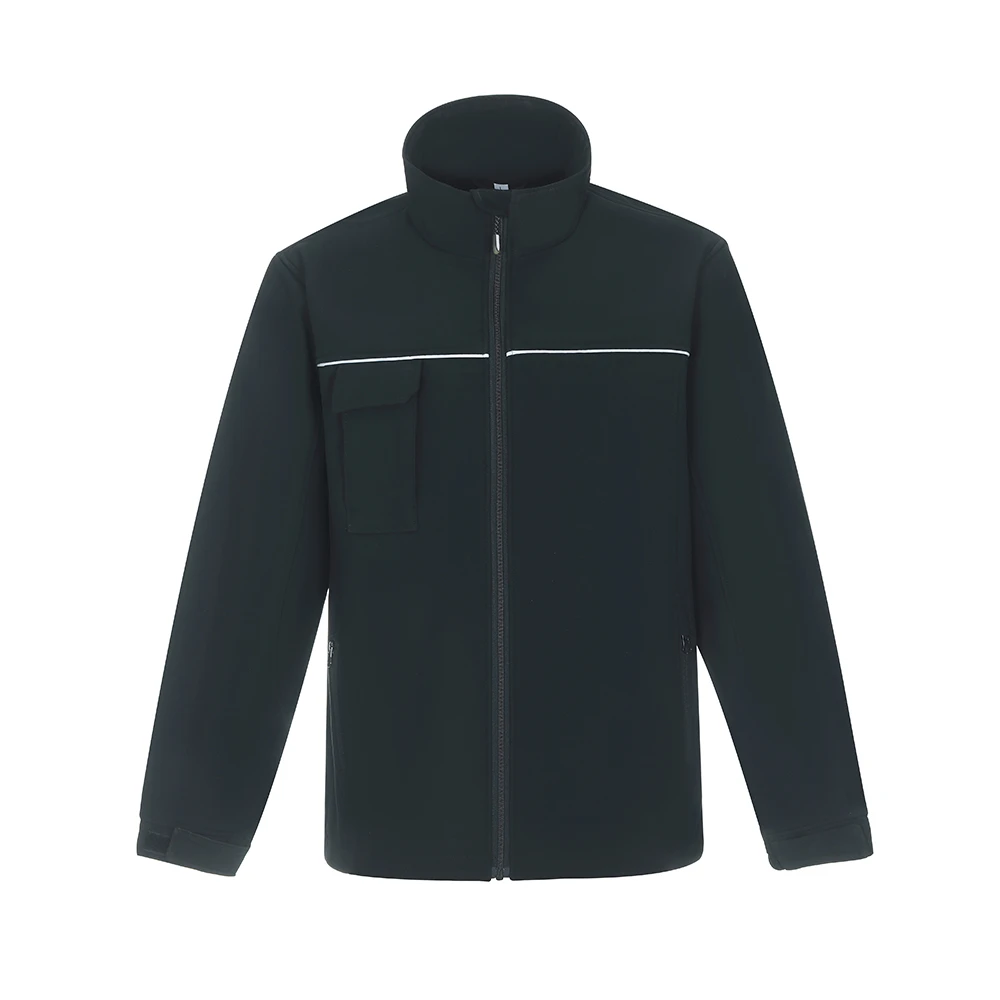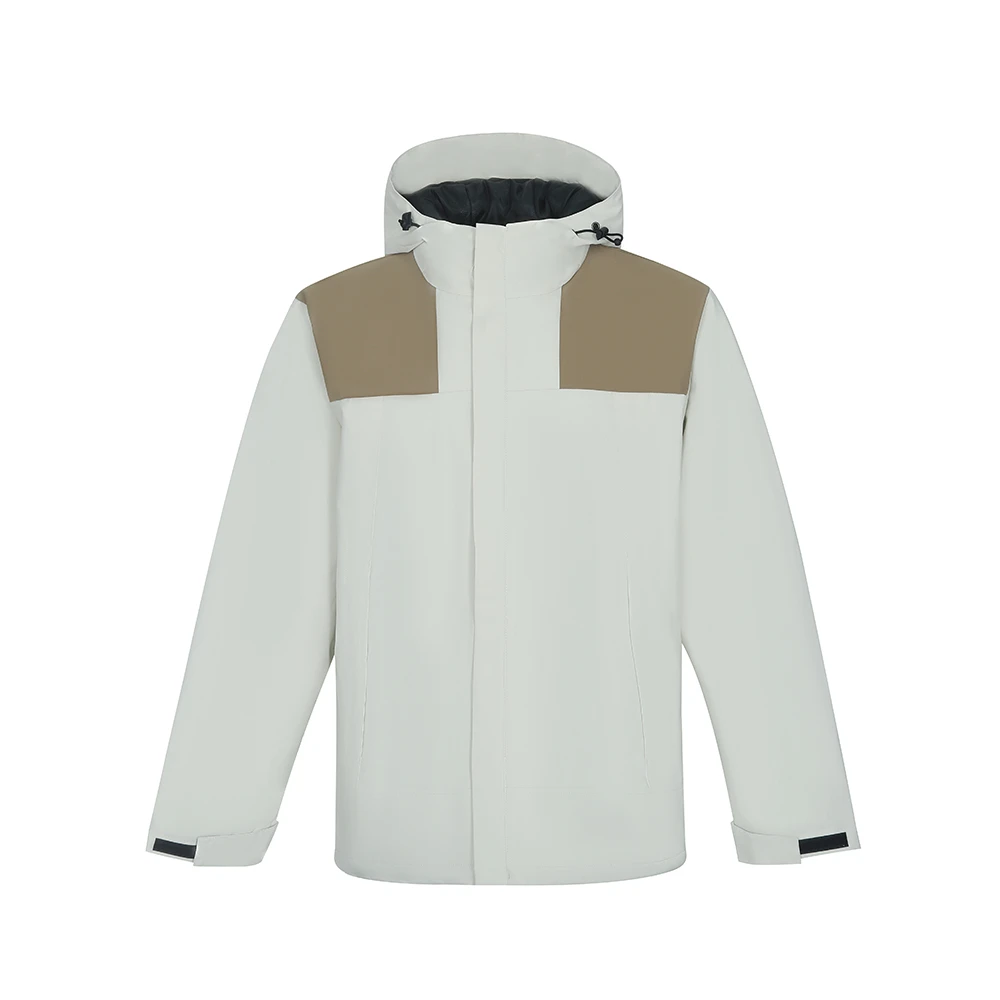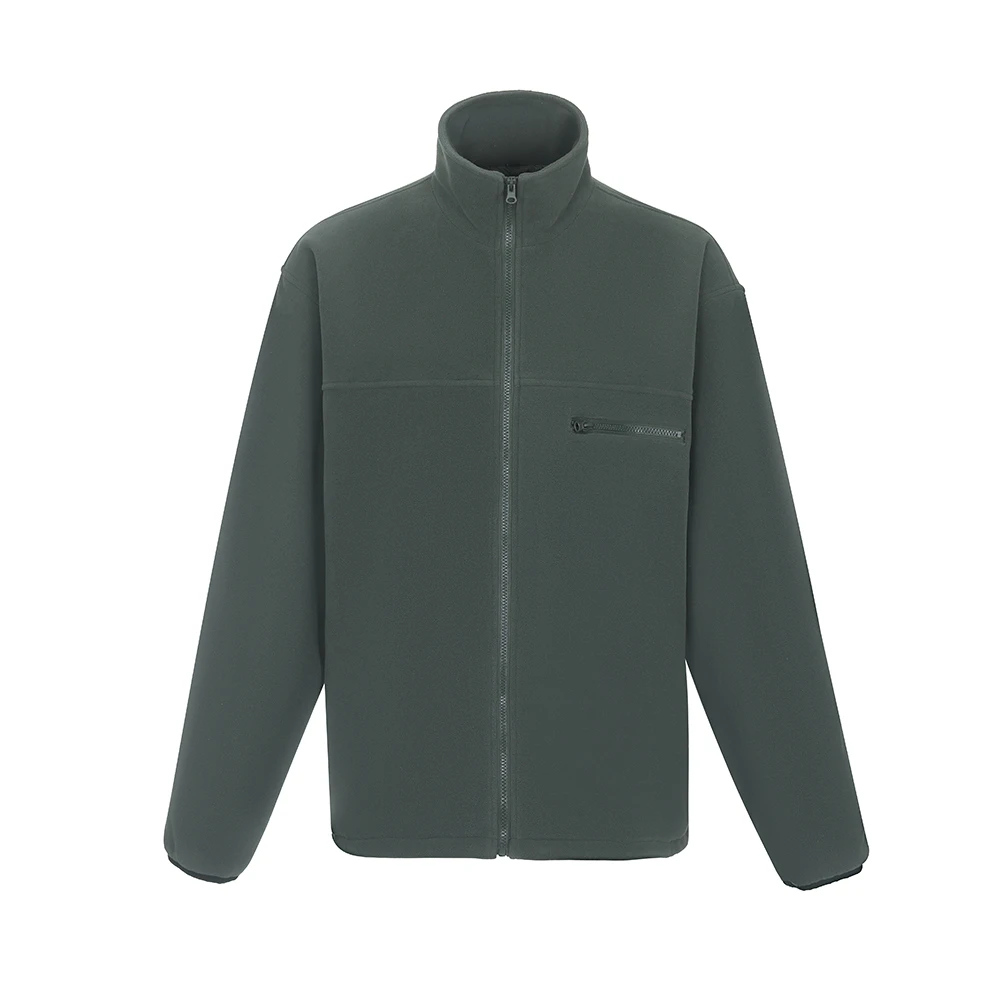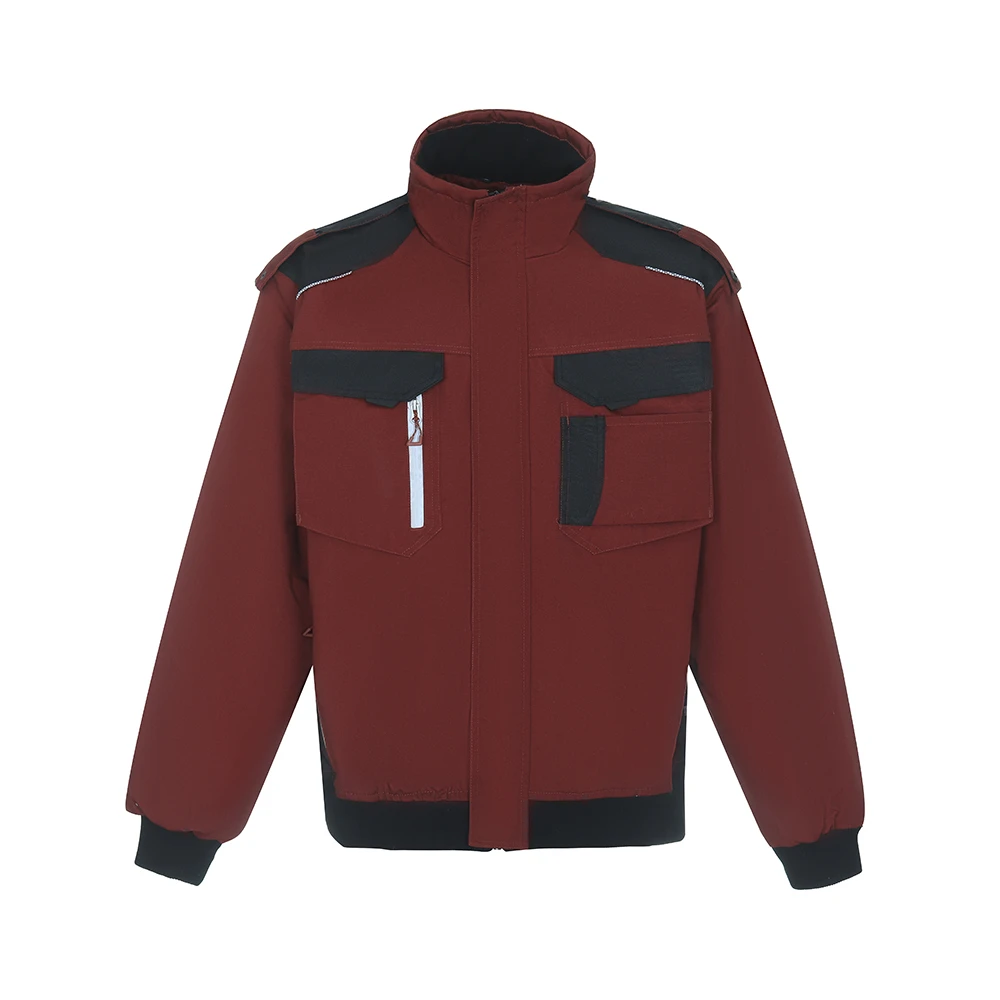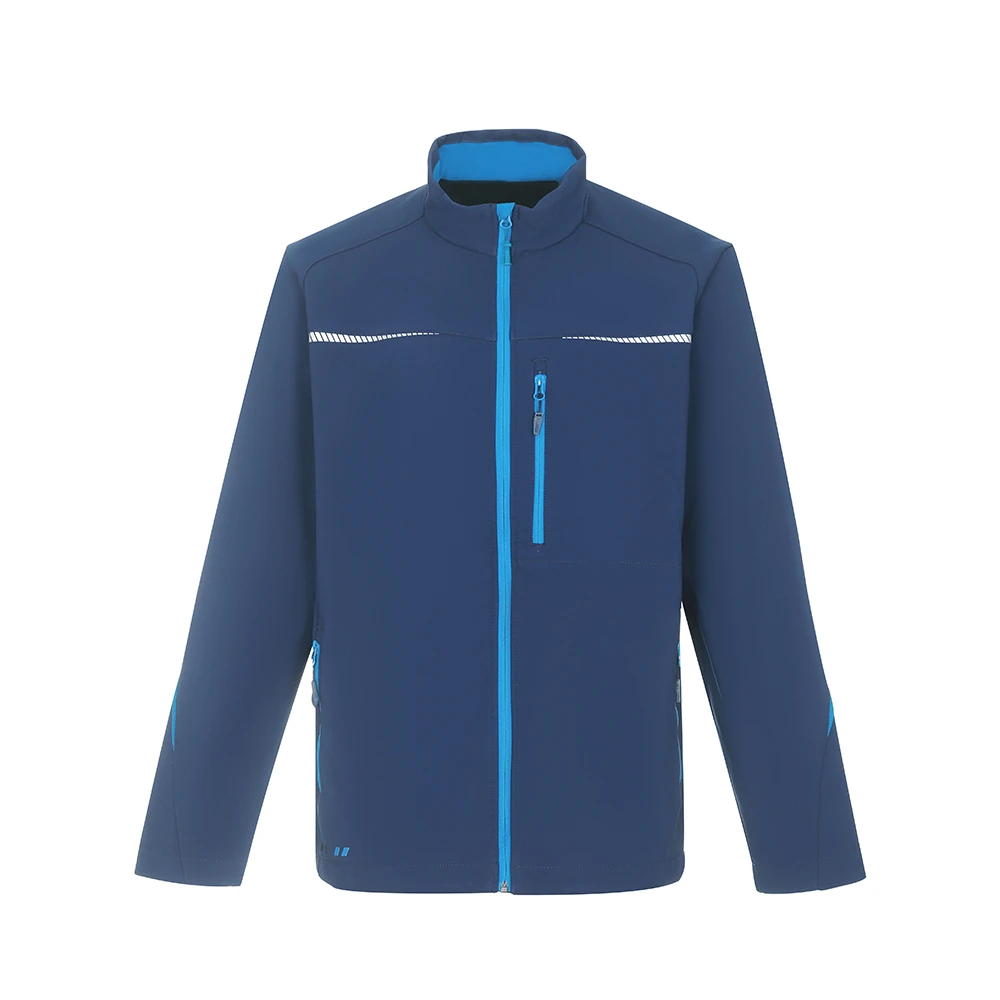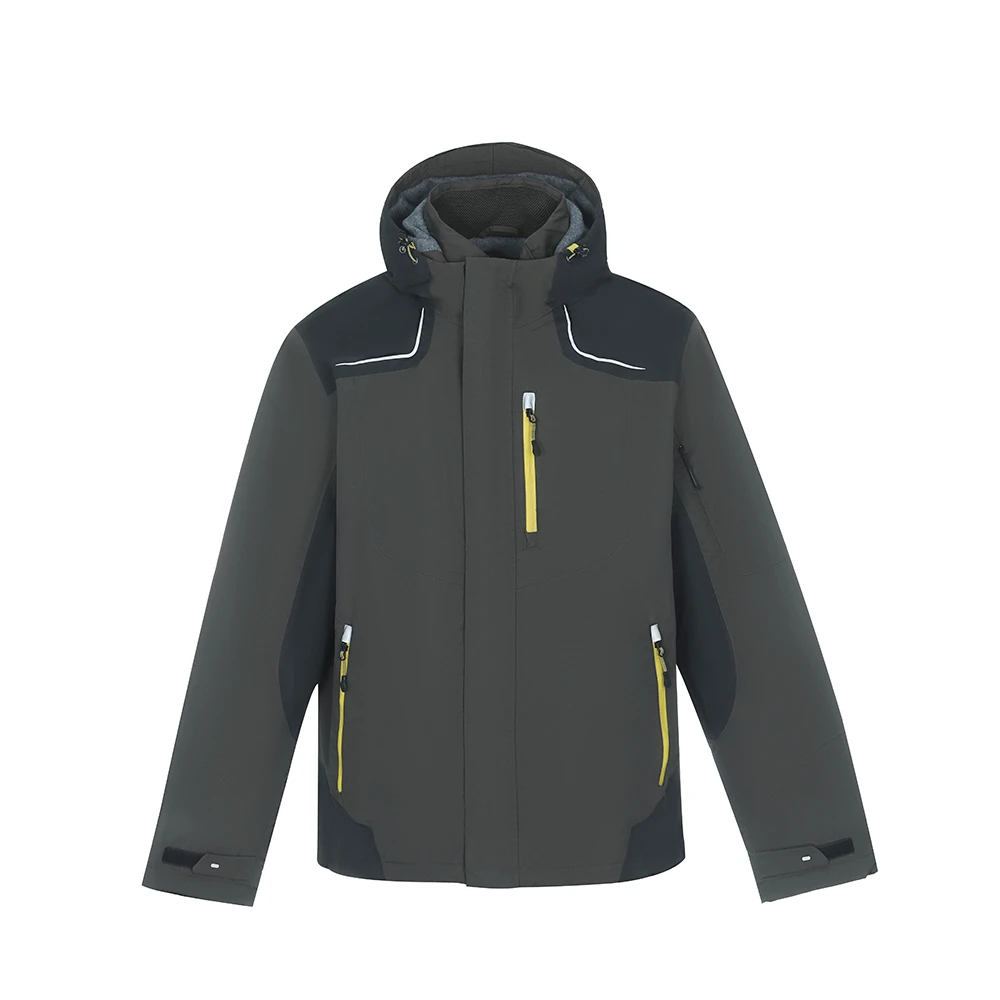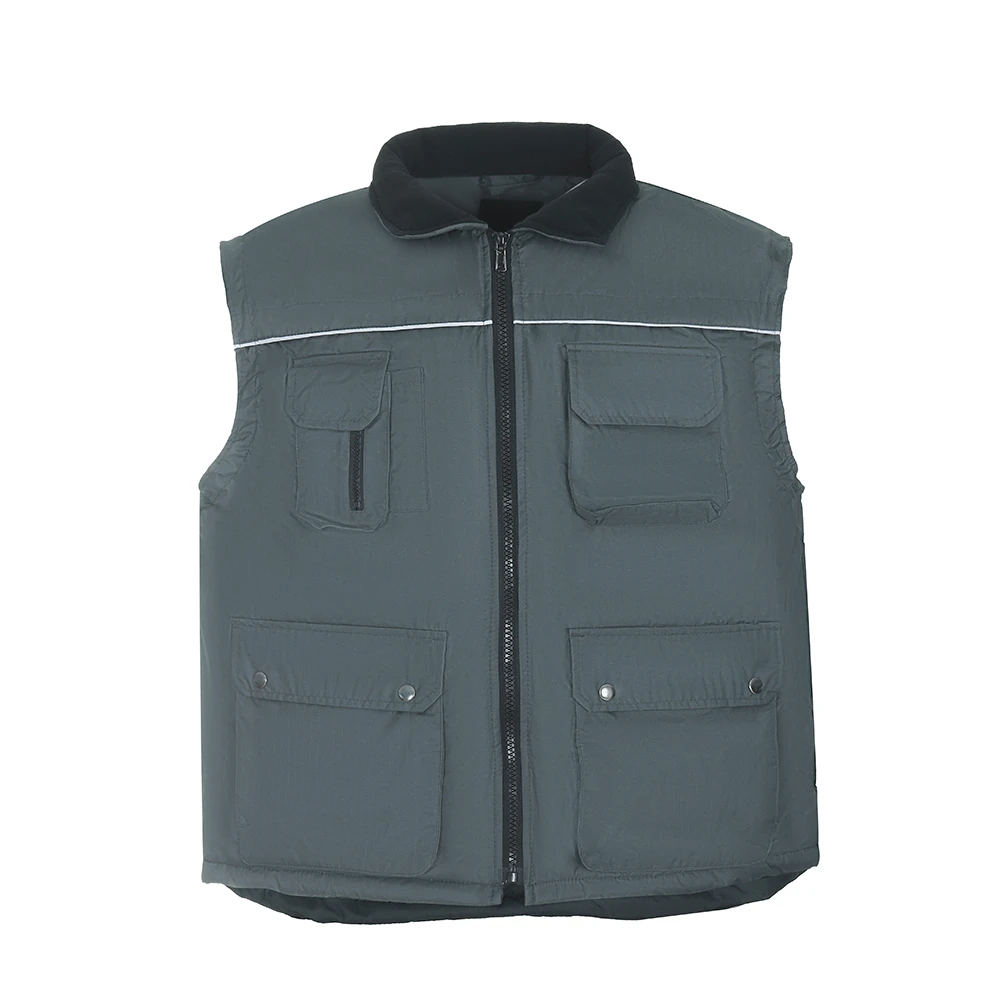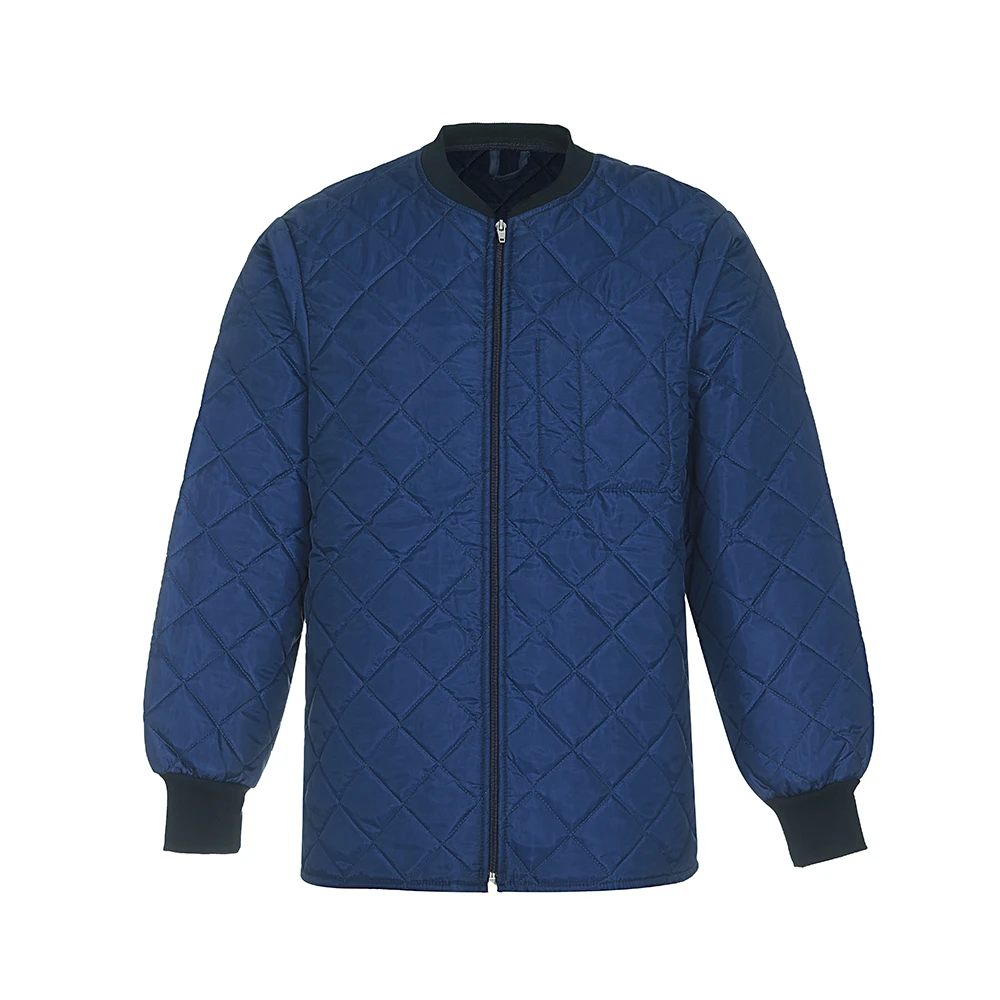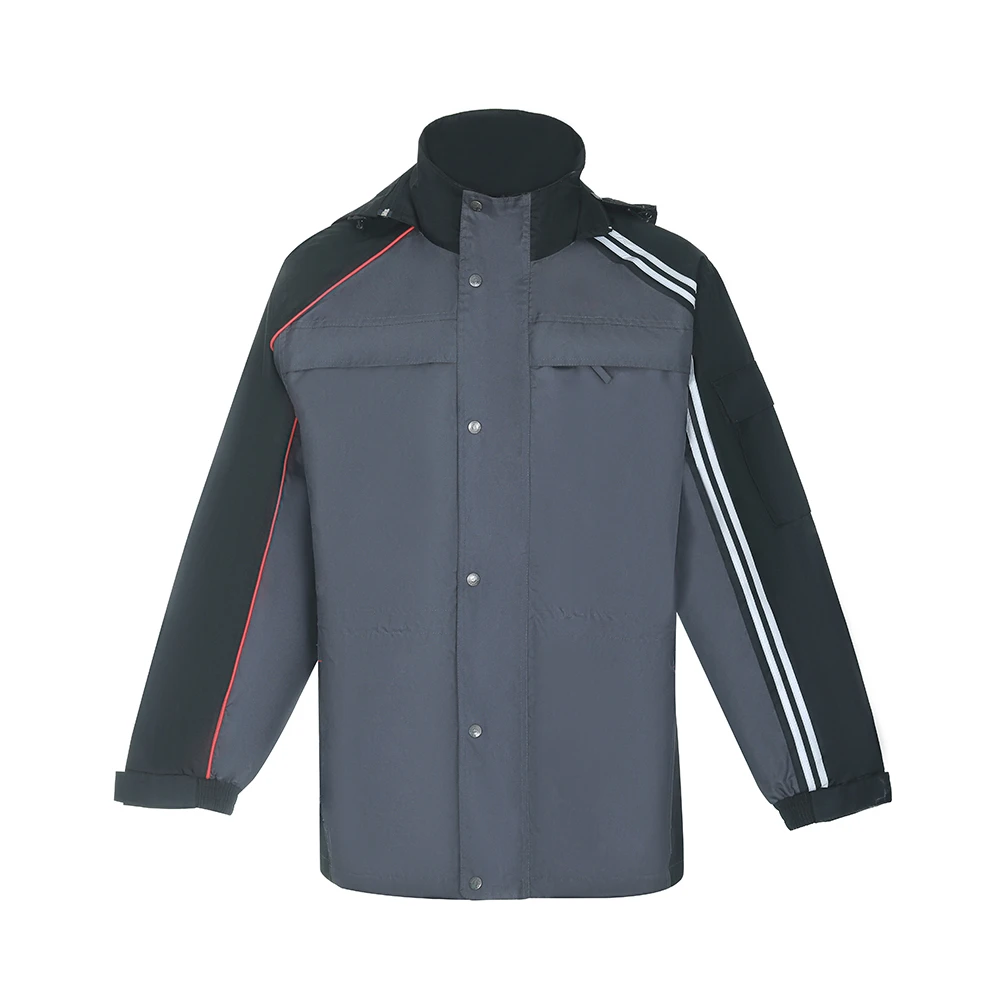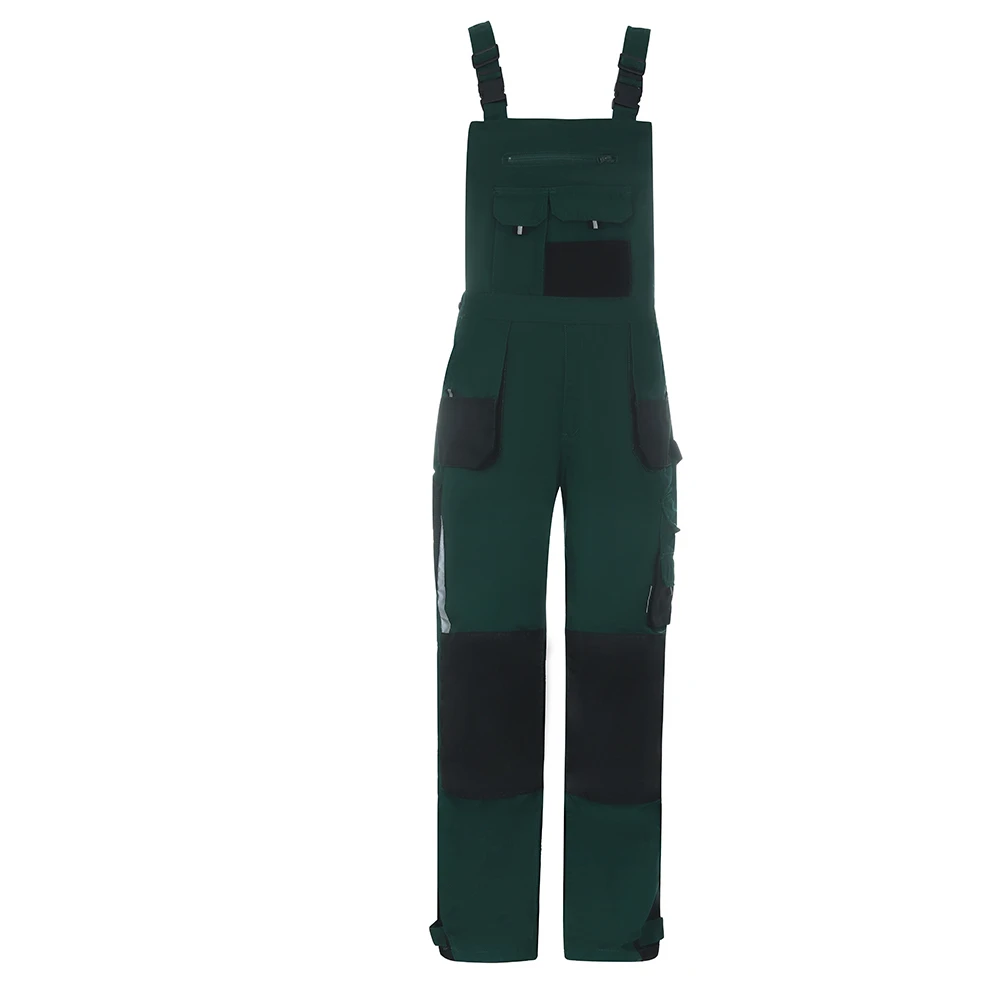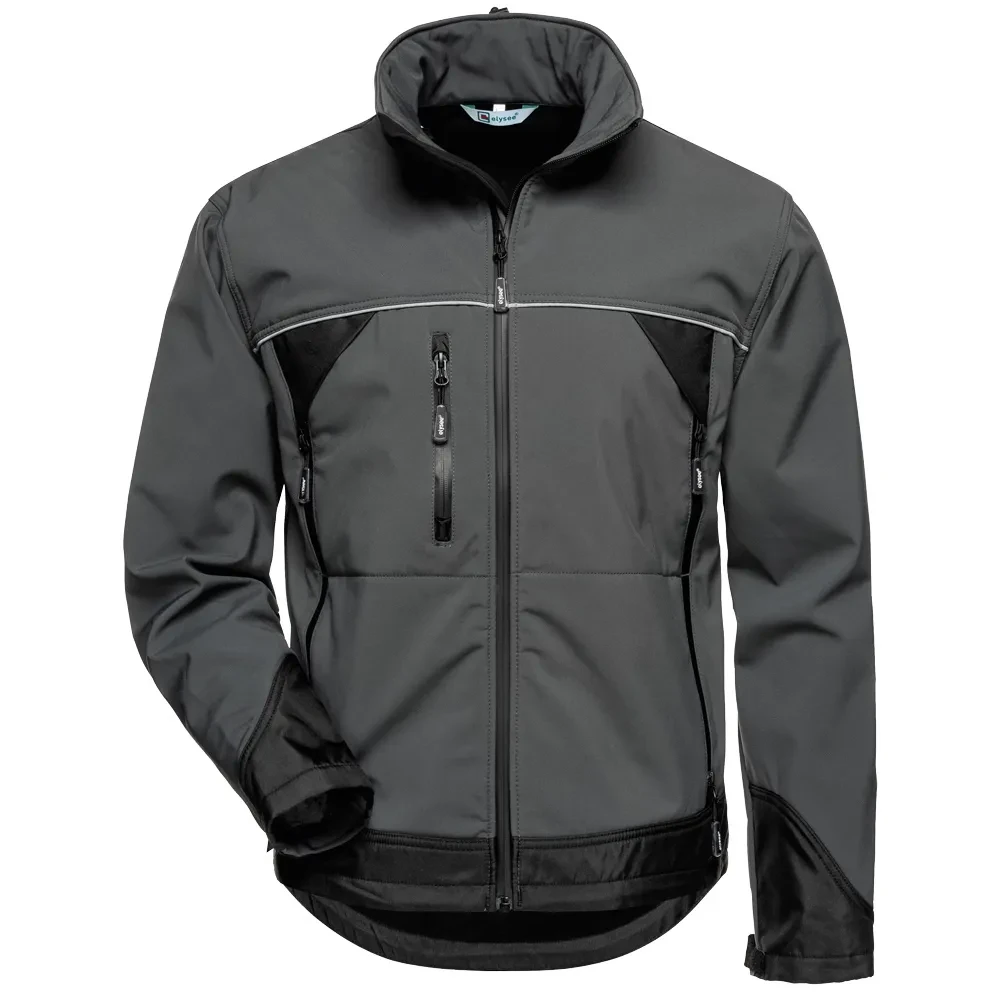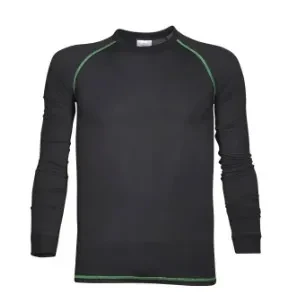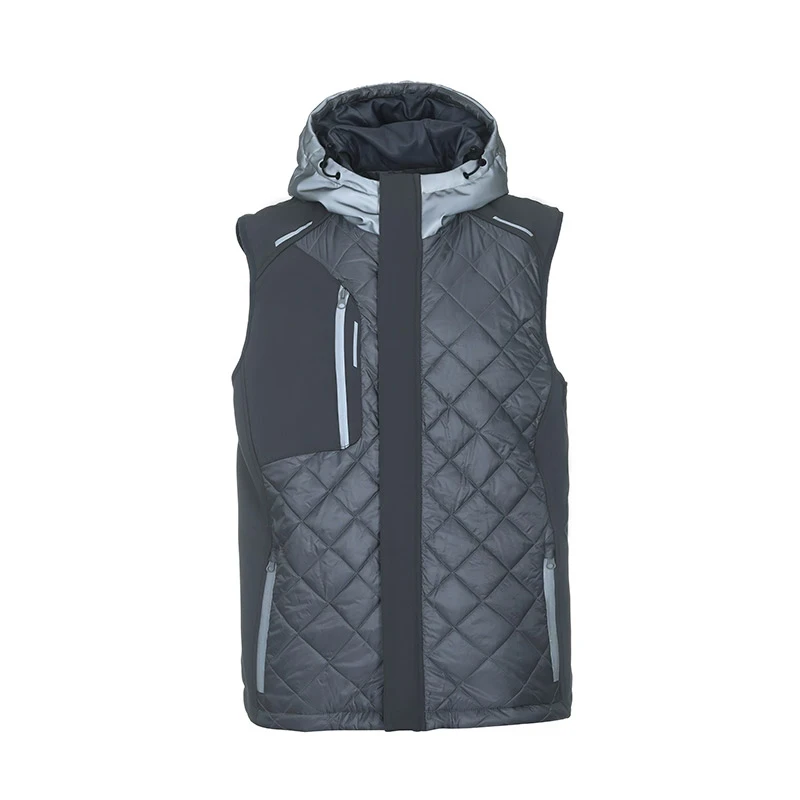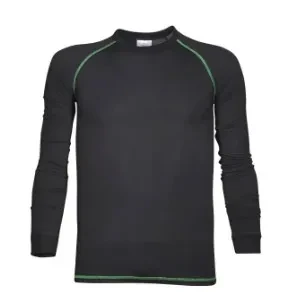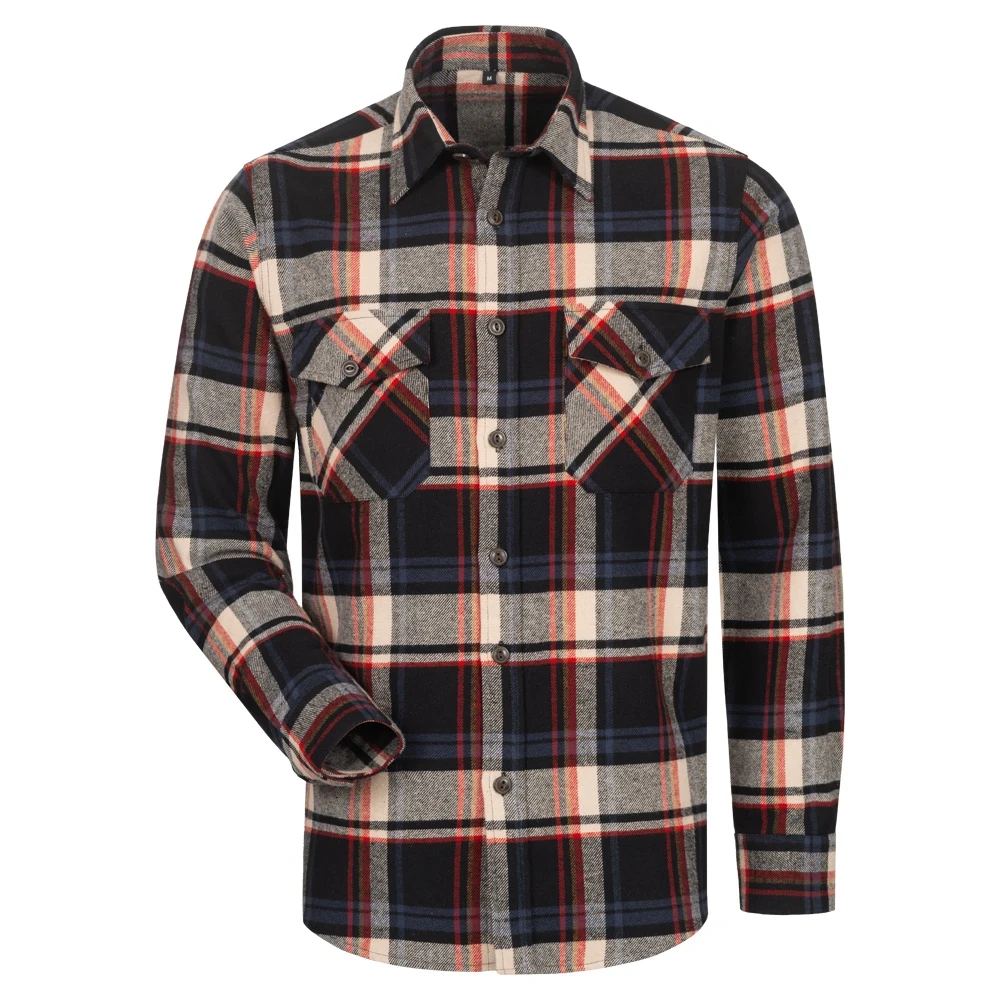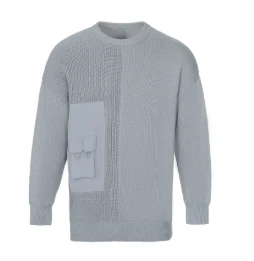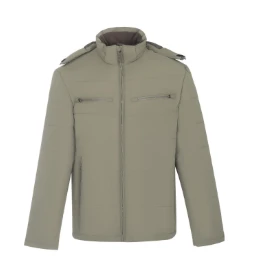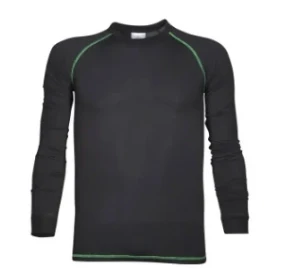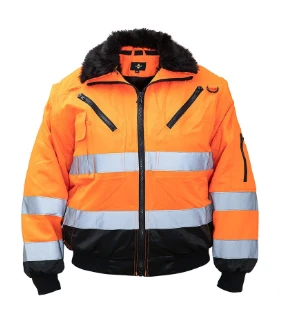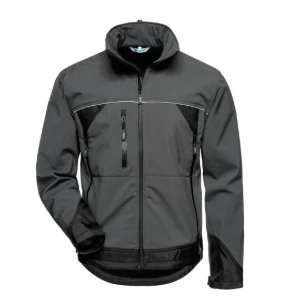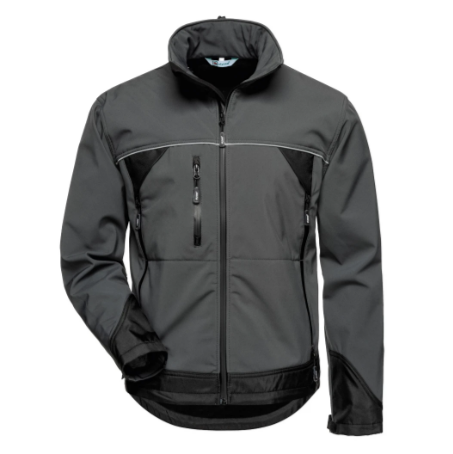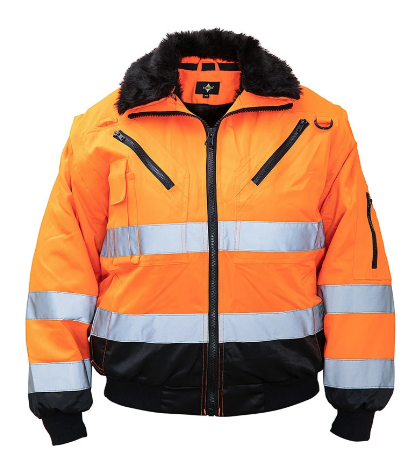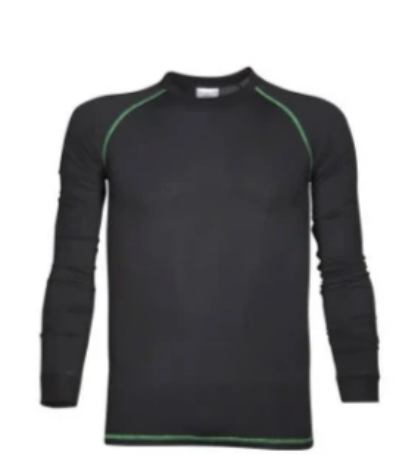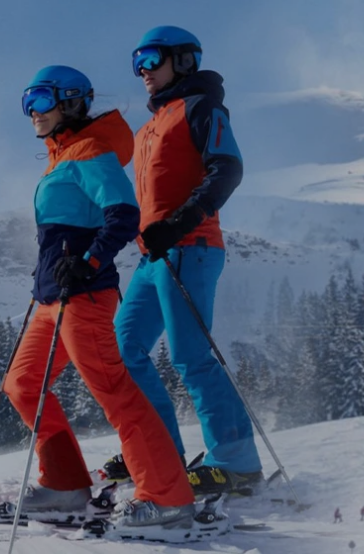Hi-Vis Bomber Jacket: FR & Waterproof Safety for Men
Navigating the Modern Workwear Landscape: The Evolution of High-Visibility Protection
In today's dynamic industrial and commercial environments, the imperative for robust worker safety solutions has never been more critical. As industries ranging from construction and logistics to utility maintenance and emergency services continue to expand, so does the demand for specialized protective apparel that not only meets stringent safety regulations but also offers unparalleled comfort and durability. This escalating need has driven significant innovation in the personal protective equipment (PPE) sector, particularly concerning high-visibility garments designed to mitigate risks in low-light conditions or high-traffic areas. The bomber jacket hi viz stands out as a quintessential example of this evolution, blending the practical utility of a traditional bomber jacket with the life-saving attributes of high-visibility and often flame-resistant materials. The market for such advanced workwear is currently experiencing robust growth, propelled by stricter global safety standards like ANSI/ISEA 107 and EN ISO 20471, and an increasing corporate commitment to employee well-being. Furthermore, technological advancements in material science have paved the way for garments that are not only highly visible but also inherently flame-resistant (FR), waterproof, breathable, and capable of withstanding the rigors of demanding work environments. This continuous innovation ensures that professionals operating in hazardous conditions are equipped with the best possible protection, thereby reducing accident rates and enhancing overall operational efficiency. The integration of smart textiles and ergonomic designs further refines these products, making them indispensable components of a comprehensive safety protocol across various sectors.
The Engineered Excellence: Manufacturing Process of a High-Visibility Bomber Jacket
The manufacturing of a high-performance bomber jacket hi viz is a multi-stage process that combines precision engineering with advanced textile technology to ensure optimal safety and durability. It begins with the meticulous selection of raw materials, primarily focusing on fluorescent background fabrics (e.g., polyester or blends) for daytime visibility and retroreflective materials (e.g., glass beads or microprismatic films) for night-time visibility, alongside robust outer shells that might include ripstop polyester, oxford weave, or proprietary waterproof-breathable membranes. For specialized applications requiring flame resistance, materials like aramid blends (Nomex, Kevlar) or treated cotton are utilized to produce a robust hi vis fr bomber jacket. The process typically commences with CAD-based pattern drafting, followed by automated precision cutting (e.g., CNC cutting) of the chosen fabrics, which minimizes material waste and ensures consistent sizing. Subsequent stages involve industrial-grade stitching, often employing double-stitched or felled seams to enhance garment strength and longevity. Waterproofing layers are either laminated directly onto the fabric or applied as a separate membrane, with critical seams often tape-sealed to prevent water ingress. Retroreflective tapes, which must meet specific photometric and physical performance criteria per standards like ANSI/ISEA 107 Class 3 or EN ISO 20471, are then securely attached, often through heat-transfer or multi-needle stitching techniques. Quality control is paramount at every stage, from raw material inspection (e.g., fabric tear strength, colorfastness, water repellency) to in-process checks of seam integrity and reflective tape application, culminating in a final comprehensive garment inspection. Products are tested against relevant industry standards such as ISO 9001 for quality management, ANSI/ISEA 107-2020 for high-visibility safety apparel, and ASTM F1506 for flame resistance, ensuring compliance and superior performance. A well-constructed mens hi vis bomber jacket, designed with such rigorous processes and materials, typically boasts a service life ranging from 1 to 3 years under typical industrial use conditions, significantly contributing to reduced incident rates and extended operational efficiency in demanding sectors such as petrochemical, metallurgy, public utilities, and transportation by ensuring optimal worker visibility and protection against environmental hazards.
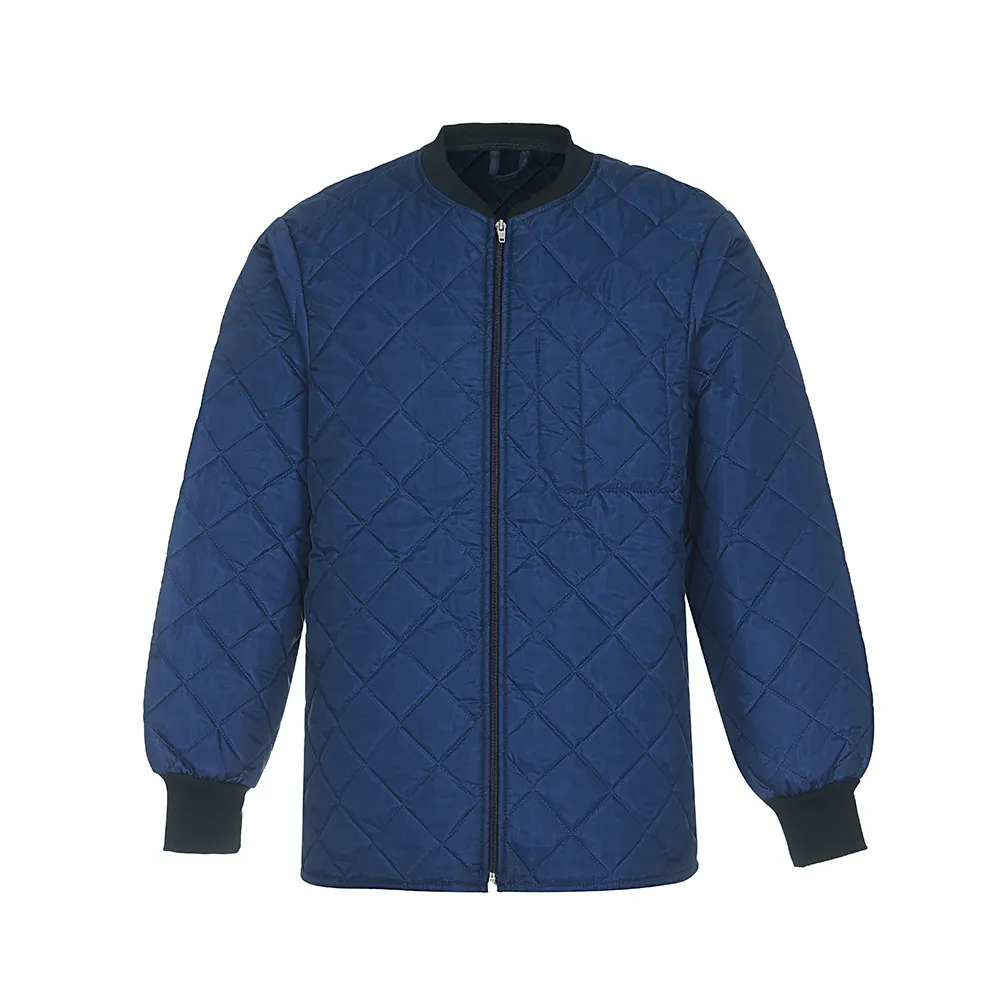
Technical Specifications and Performance Metrics: Unpacking the High-Visibility Bomber Jacket
Understanding the technical specifications of a bomber jacket hi viz is crucial for procurement specialists and safety managers to ensure the selected apparel meets specific operational requirements and regulatory mandates. Key parameters typically include the material composition, which dictates the jacket's durability, water resistance, and breathability. For instance, common outer shell fabrics range from 150D to 300D Oxford Polyester with a PU coating, offering excellent resistance to water penetration, often achieving hydrostatic resistance ratings of 5,000mm to 10,000mm. The breathability, measured in MVP (Moisture Vapor Permeability) or Ret (Resistance to Evaporative Heat Transfer), is also vital, with values typically ranging from 3,000g/m²/24hr to 8,000g/m²/24hr, ensuring wearer comfort during strenuous activity. Reflective tape width and configuration are standardized to maximize visibility, usually 2-inch wide (50mm) silver reflective strips applied in specific patterns (e.g., H-pattern or cross-over at back) to ensure 360-degree visibility. Thermal insulation, critical for cold weather applications, might utilize lightweight polyester wadding or fleece lining, with insulation ratings often expressed in grams per square meter (GSM). Furthermore, specialized versions like the hi vis fr bomber jacket will have a specific ATPV (Arc Thermal Performance Value) rating, typically from 8 to 20 cal/cm², indicating its protective capacity against arc flashes, along with compliance to standards such as NFPA 2112 or EN ISO 11612 for industrial flame protection. Pockets, closures (heavy-duty zippers, snap buttons), hood configurations, and adjustable cuffs are also critical design elements that enhance functionality and user experience. The table below provides a representative overview of typical technical parameters for a premium high-visibility bomber jacket, demonstrating the interplay of material science and design in achieving optimal safety and performance. This granular level of detail allows for precise product selection, guaranteeing that the chosen garment offers the exact level of protection and comfort required for a given hazardous environment, thereby enhancing both safety compliance and operational efficiency.
Representative Technical Parameters of a Hi-Visibility Bomber Jacket
| Parameter | Typical Value/Description | Applicable Standard |
|---|---|---|
| Outer Shell Fabric | 300D Oxford Polyester with PU Coating | EN 343:2019 (Water Penetration) |
| Waterproof Rating | ≥ 8,000mm Hydrostatic Head | EN 343:2019 Class 3 |
| Breathability Rating | ≥ 5,000g/m²/24hr (MVP) | EN 343:2019 Class 3 |
| Reflective Tape Type | 50mm Wide, Silver Retroreflective | ANSI/ISEA 107-2020, EN ISO 20471 |
| Visibility Classification | Class 3 (Full body coverage) | ANSI/ISEA 107-2020, EN ISO 20471 |
| Lining Material | Quilted Polyester Insulation (160-200 GSM) | EN 342 (Protection against cold) |
| Seam Construction | Double-stitched, Fully Taped Seams | Enhanced Durability |
| FR Properties (if applicable) | Arc Flash Protection (ATPV 8-20 cal/cm²) | NFPA 2112, EN ISO 11612 |
Strategic Advantages and Diverse Applications of Advanced Hi-Visibility Workwear
The deployment of a high-quality bomber jacket hi viz offers a multitude of strategic advantages beyond mere regulatory compliance, significantly contributing to enhanced safety, operational efficiency, and overall workforce morale. Foremost among these is the dramatic reduction in accident rates. By ensuring workers are highly visible in complex or low-light environments, particularly where heavy machinery or vehicle traffic is present, the risk of collisions and workplace injuries is substantially mitigated. This proactive safety measure not only protects personnel but also reduces costly downtime associated with accidents, including medical expenses, investigations, and potential legal liabilities. Furthermore, modern designs prioritize wearer comfort and ergonomic fit, allowing for unrestricted movement and reduced fatigue, which indirectly boosts productivity and compliance with PPE usage. Advanced materials provide superior protection against environmental elements like rain, wind, and cold, extending the practical working hours in challenging conditions. The versatility of these jackets, often featuring removable linings or sleeves, allows for multi-season use, offering a cost-effective solution for various climatic conditions. From an economic perspective, investing in durable, multi-functional mens hi vis bomber jacket options can lead to lower replacement costs over time due to their extended service life compared to standard workwear. Typical application scenarios are extensive and critical across numerous sectors: in construction, they are indispensable for site workers operating near active machinery and vehicle paths; in road and rail maintenance, they provide vital visibility to prevent accidents involving passing traffic; for utility workers in power, gas, and water distribution, they ensure safety in potentially hazardous urban or rural settings; within logistics and warehousing, they help prevent incidents in busy loading docks and storage areas; and for emergency services, including police, fire, and ambulance personnel, they offer crucial visibility during roadside incidents and disaster response. The inherent advantages, such as enhanced visibility reducing risk of impact, weather protection increasing comfort and stamina, and flame-retardant properties safeguarding against thermal hazards, position these jackets as a cornerstone of modern industrial safety protocols.
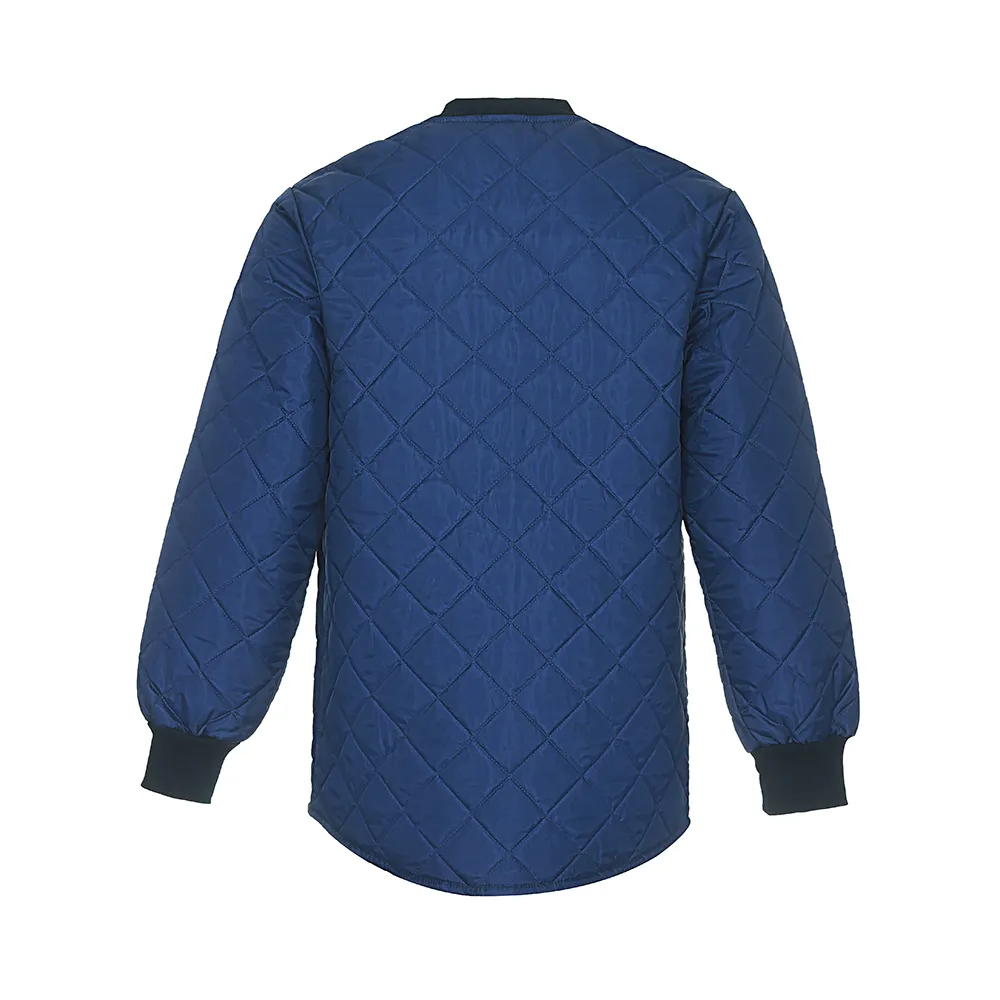
Strategic Procurement: Manufacturer Comparison and Customization Solutions
When sourcing a bomber jacket hi viz, businesses often face the complex task of evaluating various manufacturers, each offering distinct advantages in terms of product range, technological integration, and service capabilities. While specific brand comparisons are beyond this scope, general criteria for evaluating manufacturers include their adherence to international safety standards (e.g., ISO, ANSI, EN), the breadth of their product certifications, their material sourcing ethics, and their track record of innovation in protective textiles. Leading manufacturers typically offer comprehensive product lines, from basic ANSI Class 2 to advanced multi-hazard Class 3 hi vis fr bomber jacket options, often incorporating features like anti-static properties, chemical resistance, or enhanced tear strength for specialized industrial applications. The ability to provide robust after-sales support, including technical guidance and warranty services, is another critical differentiator. Furthermore, the capacity for customization has become a paramount consideration for many organizations seeking to reinforce brand identity, enhance team cohesion, and meet specific operational needs. Customization options for high-visibility bomber jackets are extensive and can significantly enhance their utility. These include branding elements such as corporate logos (embroidered or heat-transferred) on specified areas of the jacket, ensuring visibility without compromising the reflective properties. Organizations can also specify unique color schemes that align with their corporate identity, provided they maintain the necessary fluorescent background color area for high visibility. Other tailored modifications might involve integrating specialized pockets for tools or communication devices, reinforced stress points for increased durability in high-wear areas, or modular designs with detachable hoods, sleeves, or liners to adapt to varying weather conditions and task requirements. For large-scale procurement, manufacturers often provide design consultation services, assisting clients in optimizing features for specific work environments and ensuring compliance with all relevant safety regulations while incorporating desired branding or functional enhancements. This level of collaboration between client and manufacturer ensures that the final product is not merely a piece of PPE but a highly integrated component of a comprehensive safety and operational strategy, specifically designed to meet the unique demands of an organization's workforce.
Real-World Impact: Application Cases and Customer Trust
The tangible benefits of deploying high-quality bomber jacket hi viz solutions are best illustrated through real-world application cases and direct customer feedback, which collectively underscore their critical role in workplace safety and operational efficiency. One notable example involves a major urban utility company that implemented a comprehensive program to equip its field technicians with advanced Quilted Bomber Jackets. Prior to this, the company experienced several near-miss incidents involving vehicles due to inadequate worker visibility, particularly during night shifts and inclement weather. Post-implementation, incorporating jackets that meet ANSI Class 3 and EN 343 waterproof standards, the utility reported a 40% reduction in vehicle-related near-misses over an 18-month period. This improvement was directly attributed to the superior daytime and nighttime visibility provided by the new apparel, alongside enhanced weather protection that allowed crews to maintain productivity even in challenging conditions. Another case study involves a national logistics provider that transitioned its warehouse and yard staff to more robust mens hi vis bomber jacket models featuring integrated anti-static properties. Despite handling non-flammable goods, static discharge posed a minor but persistent risk of equipment malfunction. The new jackets not only improved worker visibility in busy loading areas but also eliminated static-related disruptions, leading to a measurable increase in equipment uptime and a significant boost in employee confidence in their safety gear. Customer testimonials frequently highlight the comfort and durability of these jackets, with many reporting that the garments withstand multiple wash cycles and years of rigorous use without significant degradation of reflective properties or structural integrity. This feedback is critical as it validates manufacturers' claims regarding product lifespan and performance, building substantial trust within the B2B community. These success stories, backed by quantifiable data and positive user experiences, reinforce the notion that investing in technically superior high-visibility outerwear is not merely a compliance cost but a strategic asset that directly contributes to a safer, more productive, and resilient workforce.
Ensuring Trust and Authority: Certifications, Support, and Guarantees
Establishing and maintaining trust with B2B clients in the safety apparel market requires more than just high-quality products; it demands demonstrable authority, transparent processes, and robust support systems. Manufacturers of premium bomber jacket hi viz garments typically showcase a comprehensive portfolio of certifications from internationally recognized bodies, such as ISO 9001 for quality management systems, which assures clients of consistent product quality and operational efficiency. Compliance with specific product performance standards like ANSI/ISEA 107 for North America and EN ISO 20471 for Europe is non-negotiable, and manufacturers often provide test reports from independent third-party laboratories to substantiate claims regarding visibility, flame resistance (for hi vis fr bomber jacket models), waterproofness, and material durability. Partnerships with accredited testing facilities and material suppliers further bolster a manufacturer's authoritative standing. For instance, traceability of reflective materials to reputable brands like 3M™ Scotchlite™ or other certified suppliers adds another layer of assurance regarding performance and longevity. Beyond product specifications, a reliable manufacturer commits to transparent delivery cycles, typically outlining lead times for standard orders and detailing procedures for customized solutions, including production schedules and logistics. Standard delivery for in-stock items might be 3-5 business days, while bulk or customized orders could range from 4-8 weeks, depending on complexity and volume. Quality assurance commitments often include a clear warranty policy, typically covering manufacturing defects for 12-24 months from the date of purchase, signifying confidence in their craftsmanship. Responsive customer support is also vital, encompassing dedicated account managers, technical support teams to assist with product selection and usage queries, and streamlined processes for handling returns or exchanges. An extensive FAQ section is commonly provided, addressing common inquiries about product care, sizing, compliance, and material properties, empowering clients with immediate access to information. This holistic approach, combining rigorous technical compliance with comprehensive service, cultivates long-term client relationships built on trust, reliability, and an unwavering commitment to worker safety.
Frequently Asked Questions (FAQ)
-
Q: What is the recommended cleaning procedure for a high-visibility bomber jacket?
A: Most bomber jacket hi viz garments can be machine washed on a gentle cycle with cold water and a mild detergent. Avoid bleach, fabric softeners, and harsh chemicals, as these can degrade the reflective properties and fabric integrity. Tumble dry on low heat or hang dry. Always refer to the specific care label on your garment, especially for specialized features like flame resistance, which may require specific industrial cleaning protocols to maintain their protective properties over time.
-
Q: How do I ensure the chosen jacket meets my industry’s specific safety standards?
A: To ensure compliance, always verify that the product's specifications explicitly state adherence to relevant standards like ANSI/ISEA 107 (for North America), EN ISO 20471 (for Europe), and any specific industry standards such as NFPA 2112 for flame-resistant applications. Request a Declaration of Conformity or test reports from the manufacturer. It's advisable to consult with your organization's safety officer or an industrial safety consultant to confirm specific requirements for your operational environment before making a bulk purchase of mens hi vis bomber jacket.
-
Q: What is the typical lifespan of a high-visibility bomber jacket, and when should it be replaced?
A: The lifespan of a bomber jacket hi viz depends heavily on usage frequency, environmental conditions, and maintenance. Generally, under typical industrial use, a high-quality jacket can last 1 to 3 years. It should be replaced immediately if the reflective tape shows signs of cracking, peeling, or significant fading, if the fluorescent material is noticeably soiled or faded, if the garment is torn or damaged, or if it no longer meets the required visibility standards. Regular inspections are crucial to ensure continuous compliance and worker safety.
Delivery & Warranty Information:
- Delivery Cycle: Standard orders for in-stock Quilted Bomber Jackets typically ship within 3-5 business days. Customized or bulk orders have an estimated lead time of 4-8 weeks, depending on design complexity and production volume. Detailed shipping schedules are provided upon order confirmation.
- Quality Assurance & Warranty: Our products are manufactured under strict ISO 9001 quality management systems. We offer a 12-month warranty against manufacturing defects from the date of purchase. This warranty covers material and workmanship flaws under normal use conditions, demonstrating our commitment to durability and performance.
- Customer Support: Our dedicated B2B sales and technical support teams are available Monday to Friday, 9:00 AM to 5:00 PM (local time), to assist with product selection, technical specifications, order status, and after-sales inquiries.
References
- National Institute for Occupational Safety and Health (NIOSH). "Workplace Safety and Health." Centers for Disease Control and Prevention.
- Occupational Safety and Health Administration (OSHA). "Personal Protective Equipment Standards." U.S. Department of Labor.
- ANSI/ISEA 107-2020. "American National Standard for High-Visibility Safety Apparel and Accessories." International Safety Equipment Association (ISEA).
- EN ISO 20471:2013. "High-visibility clothing – Test methods and requirements." International Organization for Standardization (ISO).
- ASTM F1506 / F1506M-10. "Standard Performance Specification for Flame Resistant and Arc Rated Textile Materials for Wearing Apparel for Use by Electrical Workers Exposed to Momentary Electric Arc and Related Thermal Hazards." ASTM International.


